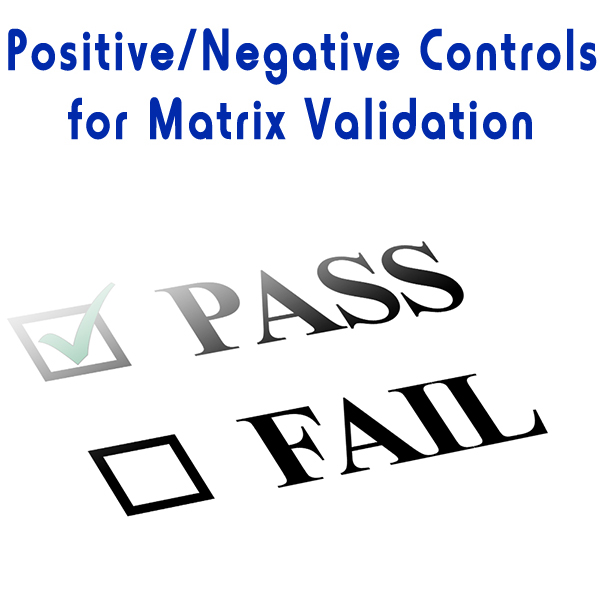It’s important to have confidence in your quality control plan.

Maybe you’re training new employees on gluten testing. Maybe you’ve gotten some unexpected results while running routine tests. Maybe you want to ensure that your test kit and testing environment haven’t been contaminated with gluten. What can you do to assure that your results are correct, and not because of faults in your test procedure? The answer is simply to run a control test.
What are the controls?
GlutenTox Pro Controls consists of two powders in matching vials. The negative powder has been extensively tested and will always contain no detectable gluten. The positive powder will contain more than 40ppm gluten.
You can test the control materials for gluten just as you would any flour, powder, or fine crumb.
When should control tests be conducted?
Each and every lot of GlutenTox Pro test strips are tested before shipping, and the AOAC-validated GlutenTox Pro test procedure will always be consistent. You don’t *need* to run control tests at all, however you may find that they are a helpful tool in your allergen control plan.
- Training. Since the results are predictable when testing controls, these two samples can be used in training your QC team members. After all, in-house gluten testing is only worthwhile if you can be confident that your team is using a good kit and using it correctly.
- Results Verification. You’ve been testing the same ingredient for years, and it’s always been negative for gluten — until today. Is the ingredient contaminated, or are there traces of gluten in your testing environment? Using a known negative (the negative control) can help you establish where the gluten is coming from.
- Matrix Validation. The G12 antibody, and GlutenTox Pro in particular, have been validated against a wide variety of common foods and ingredients. However, there are many variables that can make gluten easier or harder to detect – ingredient blends, temperatures, pH, etc. While complete matrix validation is a complicated process, controls can be used to perform a rudimentary confirmation. Simply mix your desired sample in a 1:1 ratio with the positive control and then test it at a threshold of 5ppm. If the resulting test is not positive, give us a call and we’ll work with you to figure out what’s going on.
How to interpret results
You should get a positive result with the Positive Control, whether you test at 5, 10, 20, or 40ppm. The Negative Control should always show a negative result. As with any testing procedure, you should be keeping records. If your results vary, then you should contact Emport with your records.
While you’re here, download Emport’s Best Practices Quality Control guides. This series of free resources includes tips on sampling, a log sheet for record keeping, and more!


